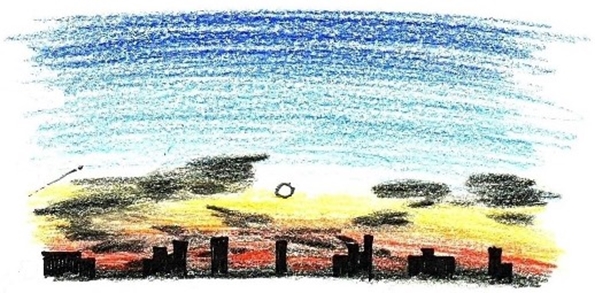ESOcast
- Details
- Category: Astronomy for All
With almost 100 videocasts by the European Southern Observatory, with captions in many different language, ESOcast is a video podcast series dedicated to bringing you the latest news and research from ESO – Astronomy made on planet Earth. Here we explore the Universe's ultimate frontier with our host Doctor J, a.k.a. Dr. Joe Liske. The ESOcast is offered for download in several formats: standard (.mov, .mpeg, .mp4, .m4v) and HD (High Definition). HD is rapidly evolving into one of the leading video formats in the video on-demand market. Information on the specs of the available video formats is accessible on the Video Formats Page.
On the Persian New Year and Being Human
- Details
- Category: GAM 2017 Blog
By Mike Simmons
With the recent passing of the March equinox, those in Earth’s northern hemisphere look forward to spring. The season represents a new cycle of life, and a time to focus on the things that make our lives special. Across the lands of the former Persian Empire, the moment the Sun crosses the celestial equator marks the beginning of a new year on the Persian calendar, and the start of the ancient celebration of Nowrouz. With up to 13 days of celebration, Nowrouz is like an amalgam of several US holidays: New Year, Christmas, Chanukah, Thanksgiving, and more rolled into one.
Caption your videos
- Details
- Category: Astronomy for All

Captioning is the process of converting the audio content of a broadcast, webcast, video, live event, or other productions into text and displaying the text on a screen, monitor, or other visual display system and makes audio and audiovisual material accessible providing a critical link to communication, information and education (from National Association for the Deaf Captioning for Youtube and a couple of useful tips on how to caption a video for free.
Evening Sky Watching for Students
- Details
- Category: AstroEDU Activity of the Day
Nursery (or Kindergarten or Preschool) students enjoy seeing the evening sky with the teacher from the playground or through a big window (indoor). This is especially relevant for students who stay for extra-hour care. During late evening hours, some students feel a little lonely waiting for their parents, but they have a wonderful natural treasure: the evening sky. By observing the evening sky with the naked eye, they will notice many colours, changing colours, the first star, the subtle colours of stars, twinkling stars, and the movement of stars. Nursery teachers who think they are not science-oriented will also gain guidance skills of introducing science to students. This activity is also useful for primary school students, especially younger-grade students.







